Fatal Fall From B429 During Helicopter Hoist Training
On 11 July 2016 Delaware State Police (DSP) Aviation Unit Bell 429 helicopter N1SP was performing recurrent rescue hoist training with volunteer fireman of the Delaware Air Rescue Team (DART) at Delaware Coastal Airport, Georgetown, DE when the hoist system operator (aka winch operator) fell from the helicopter and was fatally injured.
The DSP were the first para-public B429 customer, taking delivery of two in 2014.
NTSB Safety Investigation
In their recently issued report, the US National Transportation Safety Board (NTSB) say there were three crew members in the cabin who:
…needed to complete 3 evolutions in each position [rescue specialist, a system operator, and a safety officer] to complete the recurrent training. All three individuals had most recently completed hoist operation training on June 15, 2016.
This was Class D Human External Cargo (HEC) training by Priority 1 Air Rescue. On the day of the accident:
During an evolution, the rescue specialist would be lowered from the helicopter. The system operator, located on the helicopter’s skid, would retract the hook back into the helicopter, and the pilot would then return the helicopter to the original hover position in flight. Then, the rescue specialist would cue the crew to return to the target area (where the rescue specialist was located). The system operator would extend the hook, the rescue specialist would connect himself to the hoist, and the system operator would raise the rescue specialist back into the helicopter.
After three evolutions, the pilot would land the helicopter; the crew would rotate positions and restart the process. According to a rescue checklist, the security of each member’s safety harness was checked before each takeoff.
The system operator wore an Aerial Machine and Tool Corp H1037-BL/M full body harness rated to 2,900 pounds.
It incorporated 4 tether points; 2 on the front of the harness and 2 on the back.
Each tether point incorporated a D-ring that could attach to a carabiner connected to the interior of the helicopter.
The accident flight was the seventh evolution of the day, and the first flight where the fatally-injured crewmember acted as the system operator.
DSP procedures required two other people check the security of the restraints.
The safety officer and rescue specialist reported they checked and verified that the restraints were secure.
The helicopter then lifted off the ground, moved to the practice area, and the system operator requested and was granted permission by the pilot to move to the helicopter skid. The system operator stepped onto the skid [from where we would control the hoist and guide the hoist cable] and fell from the helicopter.
The pilot stated that throughout the accident sequence, the crew was not rushing while they completed the checklists.
Investigators say:
Examination of the system operator’s equipment did not reveal any failures or malfunctions that would explain the fall. Additionally, examination of the tether to the helicopter did not reveal any abnormalities. In the absence of any equipment failure, it is likely that the system operator was not fastened to the helicopter.
NTSB Probable Cause
The emergency response team’s failure to ensure that the system operator was secured to the helicopter, which resulted in his fall during the recurrent rescue hoist training operation.
Our Observation
Even with recently trained personnel and two independent checks of the harness, the winch operator was unsecured when he stepped on to the skid.
UPDATE 4 December 2018: The firefighter’s family launch a successful court action to access an underacted version of the DSP internal report.
Other SAR / Hoisting Safety Resources
Of course winchmen / rescuers do disconnect from the hoist during rescues and don’t have the luxury of an independent and competent verification that they have reconnected correctly. A fatal accident occurred to a rescuer from Airbus Helicopters BK117C2 N392TC operated by STAR Flight, a US HEMS operator of Travis County, Texas on 27 April 2015. This fall occurred during a night-time rescue in rough terrain. The NTSB explain that:
The patient, who was in a Bauman bag, and the rescuer were…lifted from the ground by the hoist. The hoist operator continued to reel in the patient and the rescuer as the helicopter transitioned from a hover to forward flight. When the patient and rescuer were about 10 ft below the helicopter’s skids, the rescuer fell about 100 ft to the ground.
Examination of the rescuer’s equipment did not reveal any failures or malfunctions that would explain the fall. Additionally, examination of the hoist hook and helicopter equipment did not reveal any abnormities.
In the absence of any equipment failure, it is likely that the rescuer was not properly fastened to the hoist.
We have previously written about a less dramatic incident: Marine Pilot Transfer Winching Accident
The Australian Transport Safety Bureau (ATSB) recently reported on a winching event involving HNZ Australia Sikorsky S-92A, VH-IPE, near Broome, Western Australia, on 26 August 2017, which also featured rear-crew from an organisation other than the operator. During a SAR winching exercise to a vessel, the fracture of a Priority 1 Air Rescue hi-line weak-link resulted in a near contact of an unweighted winch hook with the helicopter main rotor.
There were no injuries and the helicopter was not damaged.
The European Aviation Safety Agency (EASA) is sponsoring a safety promotion activity on hoist operations. The European Safety Promotion Network Rotorcraft (ESPN-R) has a general helicopter safety discussion group on LinkedIn and a Hoist Operation Safety Promotion LinkedIn group.
- UPDATE 3 April 2018: Hoist Assembly Errors: SAR Personnel Dropped Into Sea A UH-60M accident in Taiwan during a SAR exercise.
- UPDATE 25 April 2019: USAF Helicopter Hoist Training Accident: equipment snagged on obstacle
- UPDATE 30 November 2019: Fall From Stretcher During Taiwanese SAR Mission (NASC AS365N2 NA-104)
- UPDATE 14 December 2019: Fatal Taiwanese Night SAR Hoist Mission (NASC AS365N3 NA-106)
- UPDATE 27 December 2019: Fatal Powerline Human External Cargo Flight
- UPDATE 19 April 2020: SAR Helicopter Loss of Control at Night: ATSB Report
- UPDATE 2 May 2020: Sécurité Civile EC145 SAR Wirestrike
- UPDATE 20 March 2021: SAR AW139 Dropped Object: Attachment of New Hook Weight
- UPDATE 15 May 2021: Military SAR H225M Caracal Double Hoist Fatality Accident
- UPDATE 27 November 2021: TCM’s Fall from SAR AW139 Doorway While Commencing Night Hoist Training
- UPDATE 19 February 2022: SAR Hoist Cable Snag and Facture, Followed By Release of an Unserviceable Aircraft
- UPDATE 26 November 2022: Guarding Against a Hoist Cable Cut
- UPDATE 14 May 2023: HH-60L Hoist Cable Damage Highlights Need for Cable Guards
Aerossurance is pleased to sponsor the 9th European Society of Air Safety Investigators (ESASI) Regional Seminar in Riga, Latvia 23 and 24 May 2018.


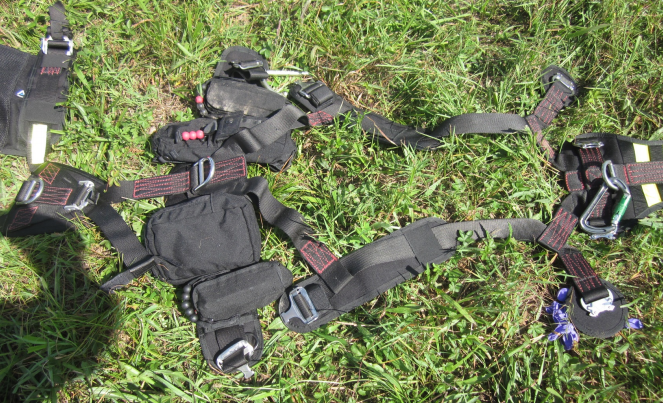
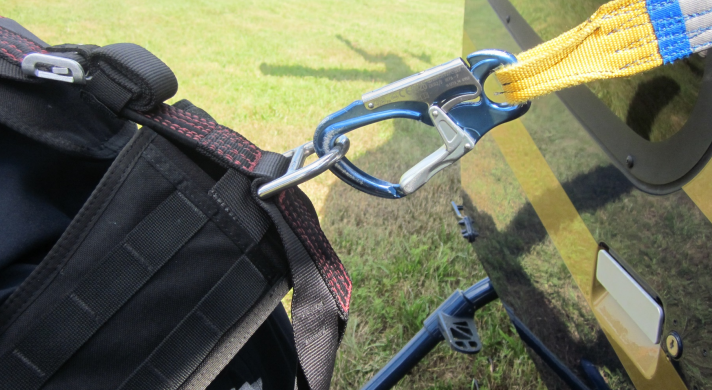
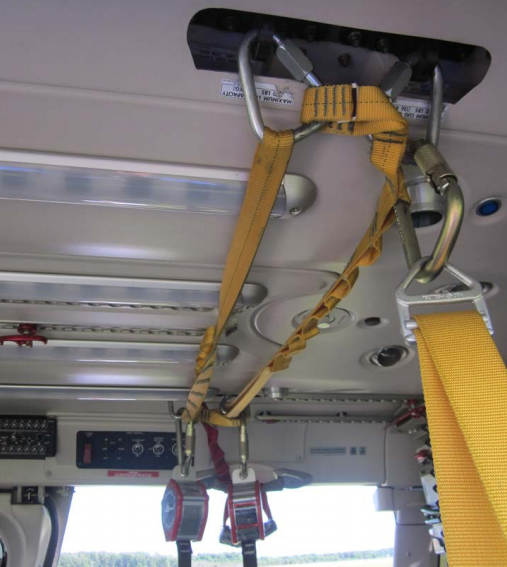
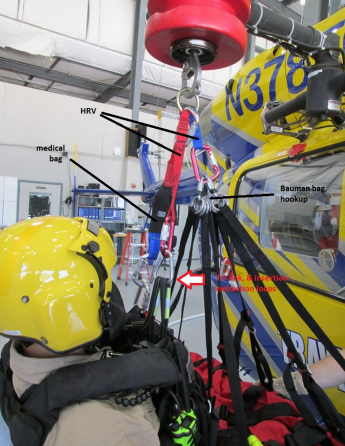
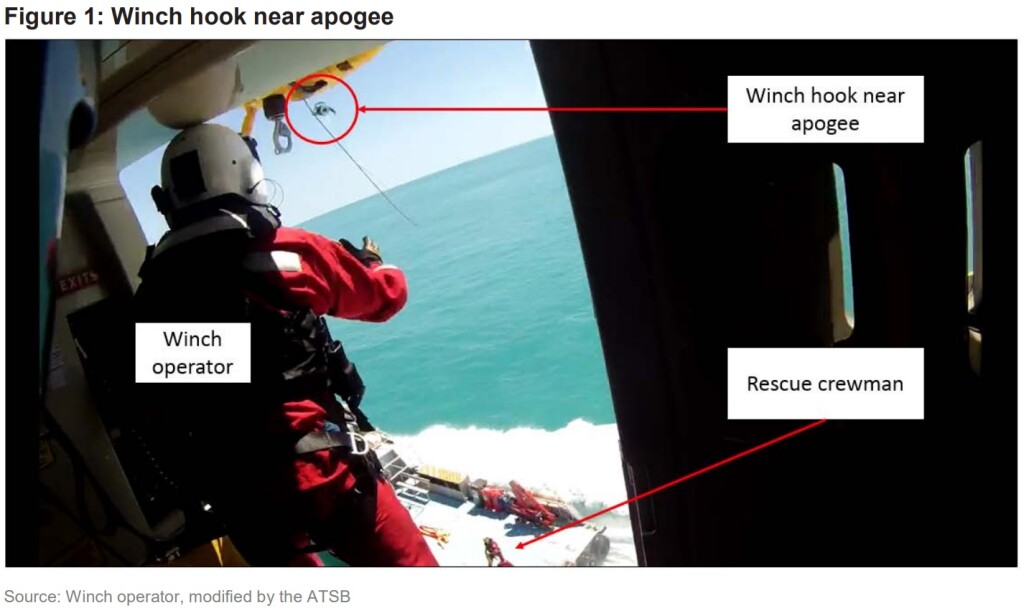


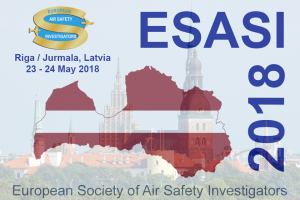
Recent Comments